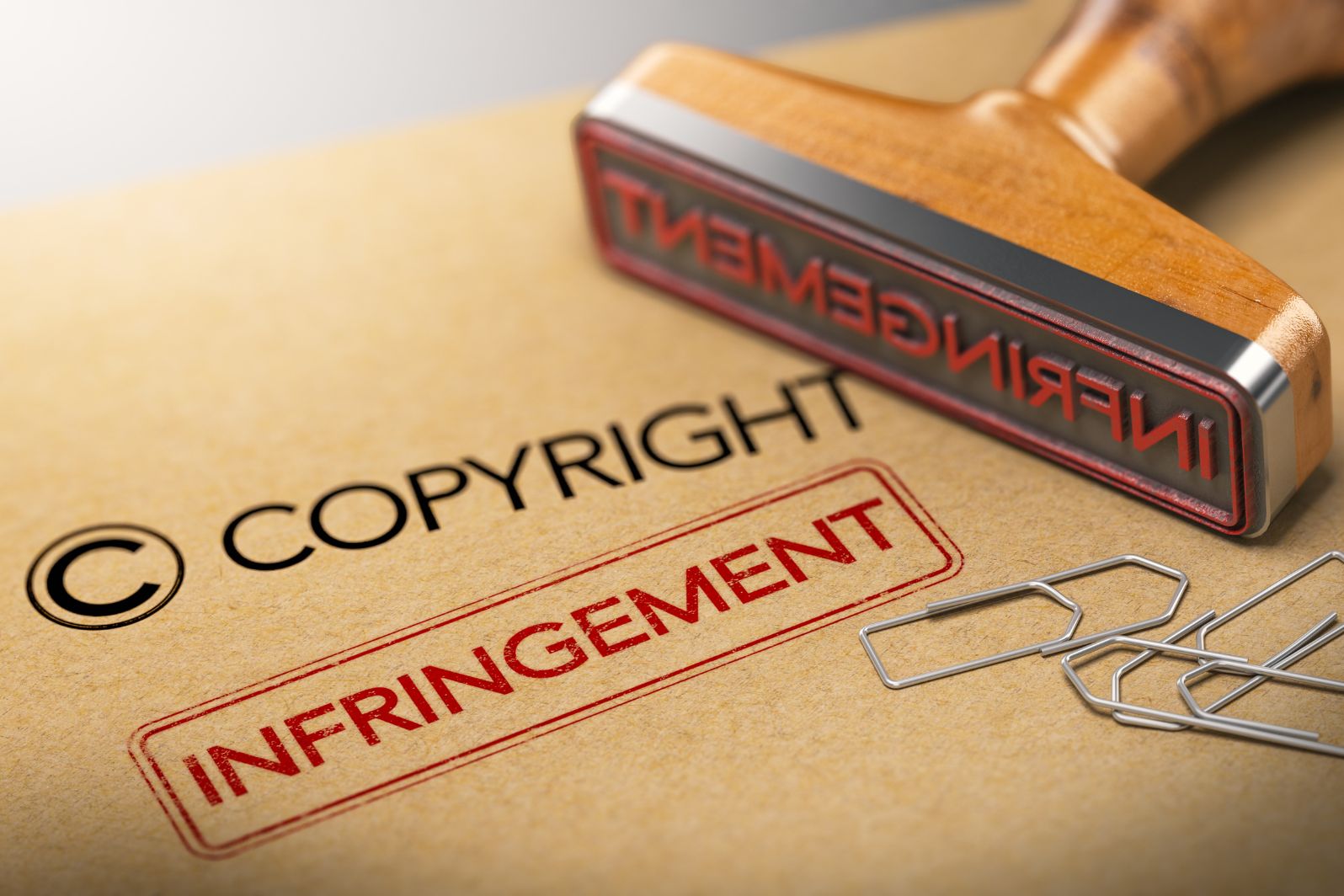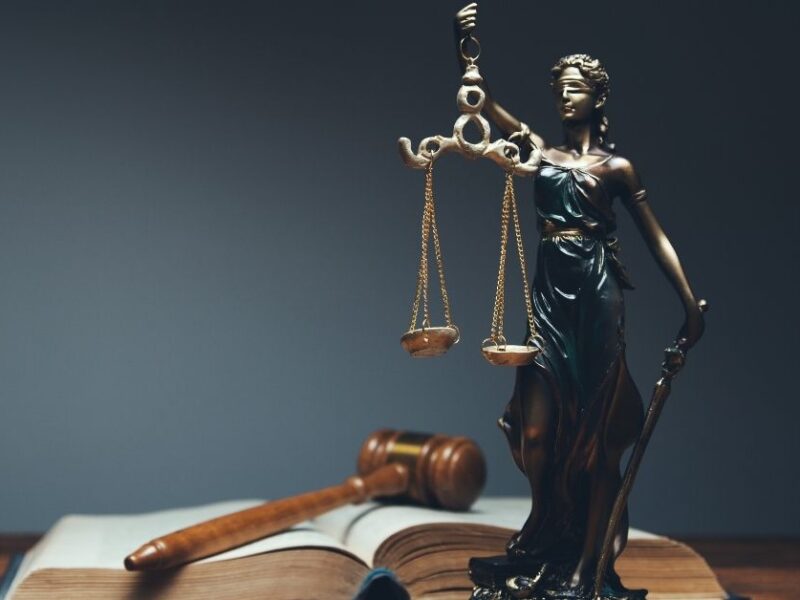The rate at which copyright infringement now occurs is totally alarming. According to the Copyright Alliance, just at the end of May, a total of 406 cases were filled, of which involved infringement.
Nobody is safe when it comes to infringement, as it can occur to anybody or those who fall into the following categories:
- Creators and artists
- Publishers and production companies
- Record labels and music artists
- Software companies
- Photographers and visual artists
- Authors and writers
- Film studios and filmmakers
- Educational institutions
- Online content creators
- Small businesses
- Inventors and innovators
- Fashion designers
The list can go on and on like that when it comes to those at risk of copyright infringement. Now if you fall into any of these categories of people, then you need to fasten your seat belt in order to protect your creative work, which you have laboured and invested in, from copyright infringers that full everywhere looking for who to rube.
Think no further, as we have gathered some steps to take to protect your creative work in this article.
Table of Contents
Step 1: Understand Copyright Law
Before you think about copyright infringement, a good way to start is to have a full understanding of what copyright law is. What protects people like artists, authors, and intellectual property creators is what we named copyright law.
With this copyright law, creators or artist can buoyantly and confidently invest their energy, time, thoughts, and resources into creating something without fear of being infringed upon.
Copyright law grants exclusive rights to its owners by preventing others from using their work without permission or authorization. It is established when an individual or organization creates something original like a book, song, movie, art, or software.
Furthermore, anyone caught infringing on this copyright law can face legal action such as, fines, jail time, and other penalties depending on the severity of the case.
Step 2: Take Advantage of Technology
Technology is a world on its own, and the good news is that it doesn’t stop advancing, delivering solutions to various tasks that can take years and millions to solve.
Copyright criminals are also taking advantage of technology to spread their criminal activities and infringing copyrights. A good way to counter them is by taking advantage of the same technology too; there are several tools and software that can be used to protect your creative work from copyright infringement.
This software or tool carries out copyright infringement protection excellently, freeing the stress of maintaining and managing such copyright protection manually.
This is how this software works for easy understanding; it ensures that you are the only one who can control who accesses, uses, and distributes your work. Furthermore, this software possesses the ability to detect any copyright infringement even before it happens, report the infringement, and delete it within the twinkle of an eye.
Also, for smooth and perfect protection, the tool probes into various means or platforms through which this devilish act could be carried out. For example, it probes into the web, in forums, social media, blogs, etc.
With the software that deals with copyright infringement protection, you can sleep and snore knowing fully well that your creative works are safe.
Step 3: Utilize Copyright Notices
A copyright notice is an officially registered symbol or text attached to a creative work to claim ownership of such work. This is how copyright notices work: when an individual or organization uses a copyright notice, they are informally informing any potential infringers that the work is under legal protection, and this helps to reduce the chances of infringement.
A copyright notice is typically placed at the beginning or end of a creative work and typically includes the date of copyright, the name of the creator/owner, and a statement that declares ownership.
Copyright notices can also be used with other forms of online content, like a website or blog post. In this case, it is best to include some sort of statement at the bottom of each webpage that claims ownership of that particular content.
By using this medium of copyright notices, you are taking a counter approach to protecting your intellectual property and doing what you can to ensure its legal protection. This may not deter all infringement cases; however, it could go a long way in helping you claim ownership if needed in the future.
The shortcoming of this method is that it may not be visible or easily noticeable to potential infringers and, thus, could still be overlooked.
Step 4: Implement Digital Security Measures
Another step to protect your creative work from online theft is to digitally secure it. You can go about this by encrypting your content and then storing it on a secure server or platform. By doing this, only those with access to the encryption keys would be able to view or use the content in any sort of manner.
Also, there are technological tools available you can use, such as watermark, DRM, or digital rights management. This kind of software regulates who has access to protected material as well as who may read, copy, and alter it.
As good as this method looks like, it is important to note that this form of security can be intrusive and may not always provide the necessary level of protection. It also depends on how sophisticated the infringement techniques are, as well as how secure your server or platform is.
Step 5: Monitor and Enforce Your Rights
Although monitoring your creative work is an ongoing process with no end, it is an important step to take if you want to protect your copyright. You can monitor the internet for any illegal use of your work and then follow up with a copyright infringement notice if required.
Yes, this method has its own merit, and that is it gives you a chance to have better control over where your content is being used or shared, as well as who is using it. However, you should know that monitoring your creativity yourself is not something that can be done or achieved in one day. It requires dedication, constant vigilance, and stress load.
Another important point to mention here is that no matter how closely you monitor your creative work, it can still be stolen or plagiarized. Therefore, it is essential to have a plan of action ready before such an event occurs.
You may also want to consider setting up a Content ID system or registering your works with an online service like Google, YouTube, or other search engines so that you can track and take action against any infringement in real-time. This would be beneficial as it will help ensure that the infringer does not gain any control over your work, as well as prevent any further unauthorized use.
Step 6: Register Copyrights with Government Agencies
Another copyright infringement prevention measure you also take to protect your sweat and investment is to register your copyright with government agencies such as the Copyright Office of the United States.
This not only gives you a legal document that serves as proof of ownership should an issue arise, but also when registering a copyright, you can get statutory damages and attorney’s fees in case someone is found guilty of infringing upon your works.
The registration process itself is fairly simple, and you can even do it online. It should only take a few hours or less for the copyright to be registered. Although, there are some differences between registering a copyright for a single work or multiple works, so it’s advisable to do your research before taking the plunge.
Once you are done with the registration, you will receive an official Certificate of Registration from the Copyright Office that confirms your ownership and rights to protect your creative work. Make sure to keep this certificate in a safe place, as this is what you will need if ever you need to take legal action against a copyright infringer.
Final Thoughts
Copyright infringement is a serious problem that has to be taken seriously by any creator or author. Having the right steps and processes in place will help protect your work from being stolen, used without permission, or otherwise exploited.
From performing a copyright search to leveraging copyright infringement protection software and registering your work with a government agency, there are many different ways you can go about protecting your content.
Lastly, as soon as possible, take the necessary steps to ensure all your creative works are fully protected so that no one can exploit them for their own ends.



